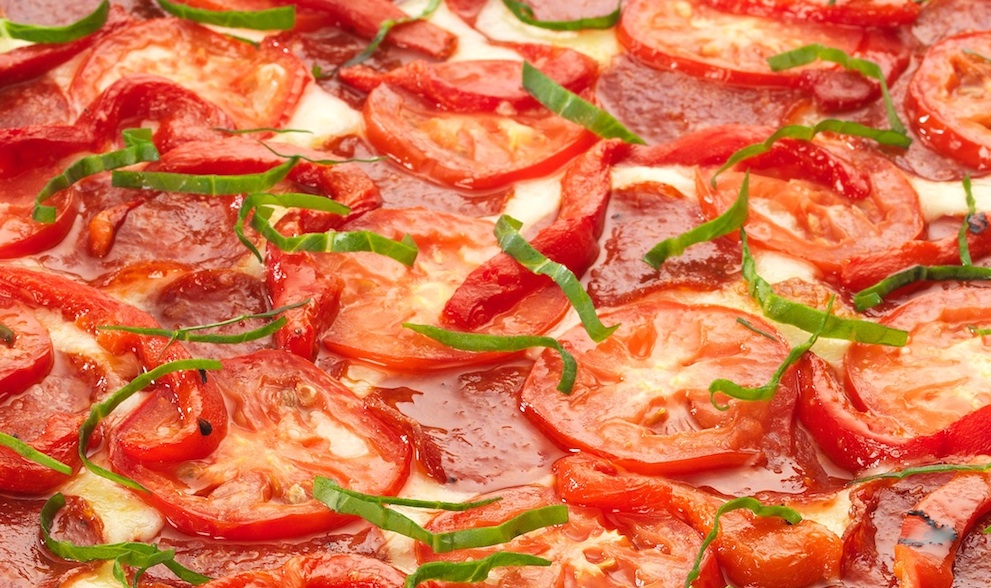http://blogs.moneycentral.msn.com/smart ... money.aspx
Posted Jun 17 2009, 03:35 PM by Karen Datko
Did you know that when you open a four-page menu, your eyes are naturally drawn to the center of the right-hand page? In menu circles, that's known as the "power position."
That's where you'll find the entrées the restaurant really, really wants you to buy -- signature dishes that keep you coming back and those with the biggest profit margins, said Thursday Bram in a post at our partner blog Wise Bread.
Menus are, after all, "the only piece of printed advertising that you are virtually 100% sure will be read by the guest," wrote David Pavesic in an article reprinted by the Restaurant Resource Group. Beth Panitz, in an old post at Restaurant.org, added, "If you think customers decide on their own what to order, think again." (Thanks to Liz Kay of the Baltimore Sun's Consuming Interests blog for those links).
Several bloggers, including Dan Mitchell of The Big Money's Daily Bread blog and Liz, have written recently about the menu tricks restaurants use, and we'll assemble some here to give you an edge next time you go out to eat.
When customers review a list of appetizers, entrées or whatever, they recall the top two and the one at the bottom. Smart restaurant owners use this to their advantage.
Pictures also sell product. Think of Denny's.
The most mouth-watering descriptions are reserved for the dishes the restaurant wants to push, and some words are better than others. "Fried" doesn't cut it with today's diners, Dan observed. Call it "hand-battered" instead.
Smart owners don't list the prices in an easy-to-read column to the right of the items. They don't want to make it easier for people to dismiss food choices because of cost.
When it comes to wine, Dan advises not to order by the glass. He said that "it often has been sitting open for many hours, if not days." We'll take our chances, particularly if the markup on the wine list is outrageous.
As we've reported here, Daniel of Casual Kitchen recommends you don't order the second cheapest bottle on the wine list. Restaurant owners know people won't order the least expensive bottle because they don't want to look cheap. As a result, "They take an inexpensive wine, mark it up massively, and sell it as the second cheapest item on the wine list," Daniel said.
Here's a good piece of advice for restaurant owners: Andy Lansing, president of a Chicago-based restaurant company, said in the Restaurant.org post, "Nothing is going to sell if it's not good."

